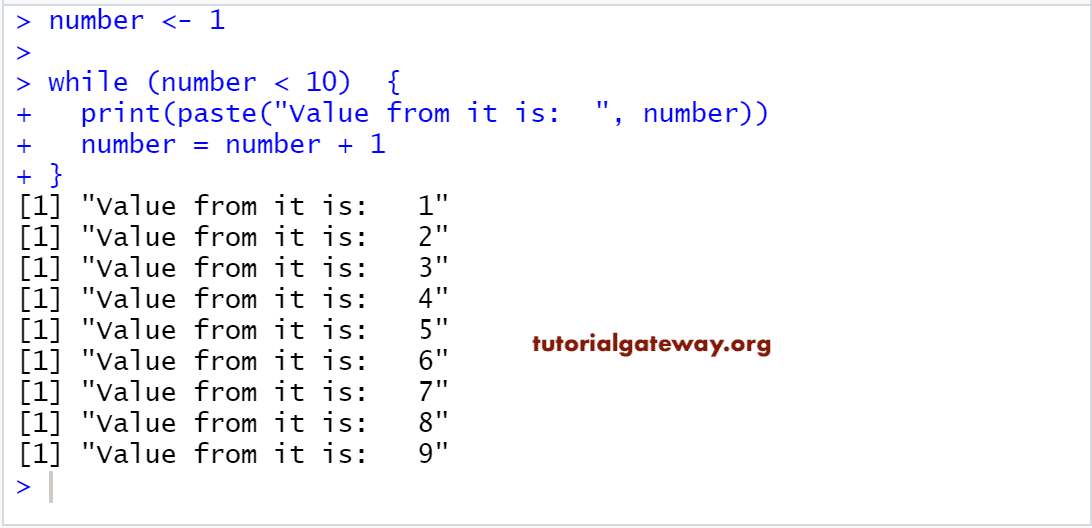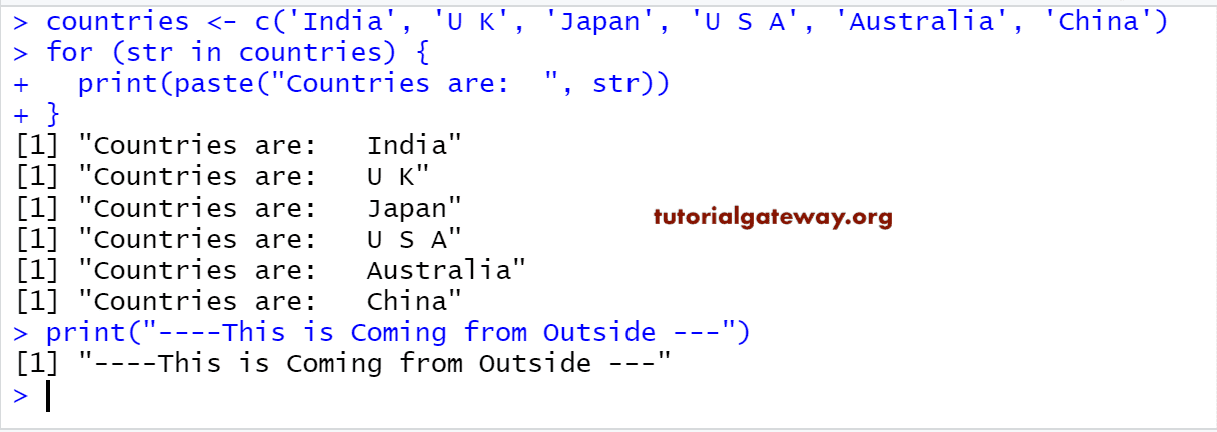
We specify first the plot for CN_X and select the variables years and trade value: CN_X. We combine both exports CN_X and imports CN_M into one plot by specifying the options for the first line and afterwards specifying lines() which adds a second line. We put the values of this data set in trillions: CN_M$value <- CN_M$value/1000000000000. We filter the trade_data by selecting only imports: trade_data$flow="I", the reporter as China: trade_data$reporter=924 and the partner as the world: trade_data$partner=1. We first create the data set for Chinese imports CN_M. Lines(CN_M, col= 4, lty= 2) #blue color, dashed line legend( "bottomleft", Ylim= c( 1, 2.5), #adding y axis limits col= 2, #red color lty= 1 #solid line, see ?par for details 8.1 Calculating the regulatory distanceĬN_M

 7.4.4 Coverage ratios, Frequency index and Prevalence scores by broad sectors. 7.4 Calculating the Coverage ratio, Frequency index and Prevalence score. 7.2.1 Make NTM data binary by separating WLD and EUN into individual countries. 7.2 Uploading and cleaning the Non-Tariff Measures (NTMs) data for Viet Nam. 7.1 Uploading and cleaning the WITS trade data for Viet Nam in R. 7 Coverage ratio, Frequency index and Prevalence score for Viet Nam. 6 Non-Tariff Measures (NTMs) and incidence indicators, a simple case. 5.2 Poisson Pseudo-Maximum Likelihood Estimator (PPML). 5.1.4 STATA-like robust clustered standard errors. 5.1.3 Linear Gravity model with more variables and interaction terms.
7.4.4 Coverage ratios, Frequency index and Prevalence scores by broad sectors. 7.4 Calculating the Coverage ratio, Frequency index and Prevalence score. 7.2.1 Make NTM data binary by separating WLD and EUN into individual countries. 7.2 Uploading and cleaning the Non-Tariff Measures (NTMs) data for Viet Nam. 7.1 Uploading and cleaning the WITS trade data for Viet Nam in R. 7 Coverage ratio, Frequency index and Prevalence score for Viet Nam. 6 Non-Tariff Measures (NTMs) and incidence indicators, a simple case. 5.2 Poisson Pseudo-Maximum Likelihood Estimator (PPML). 5.1.4 STATA-like robust clustered standard errors. 5.1.3 Linear Gravity model with more variables and interaction terms. 
4.3 Further specifications for graphs: adding axes titles and animation. 1.1 Declaring variables and arithmetics in R. United Nations ESCAP Training on using R for trade analysis.







 0 kommentar(er)
0 kommentar(er)
